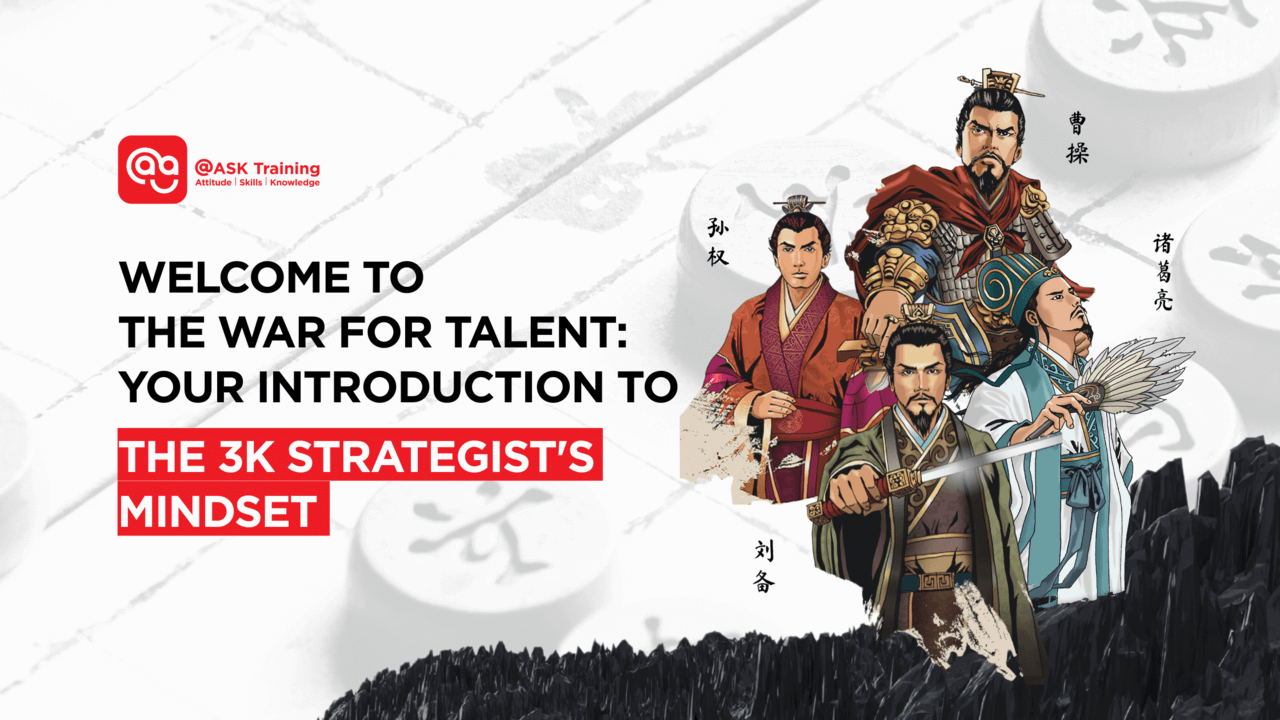 What if one of history’s most complex periods of leadership and change held the answers to your toughest management challenges?The Three Kingdoms era in ancient China was more than a time of conflict; it was a monumental study in strategy, alliance-building, and organisational leadership.
What if one of history’s most complex periods of leadership and change held the answers to your toughest management challenges?The Three Kingdoms era in ancient China was more than a time of conflict; it was a monumental study in strategy, alliance-building, and organisational leadership.
For today’s professionals navigating corporate structures, market shifts, and team dynamics, the lessons from this era offer profound insights.
Welcome to a new perspective on leadership. Welcome to the mindset of the 3K Strategist.
History’s Greatest Leadership Case Study
As a great dynasty transitioned, four visionary leaders emerged, each creating a lasting legacy through distinct approaches to governance and people management:
Cao Cao: The Strategic Pragmatist
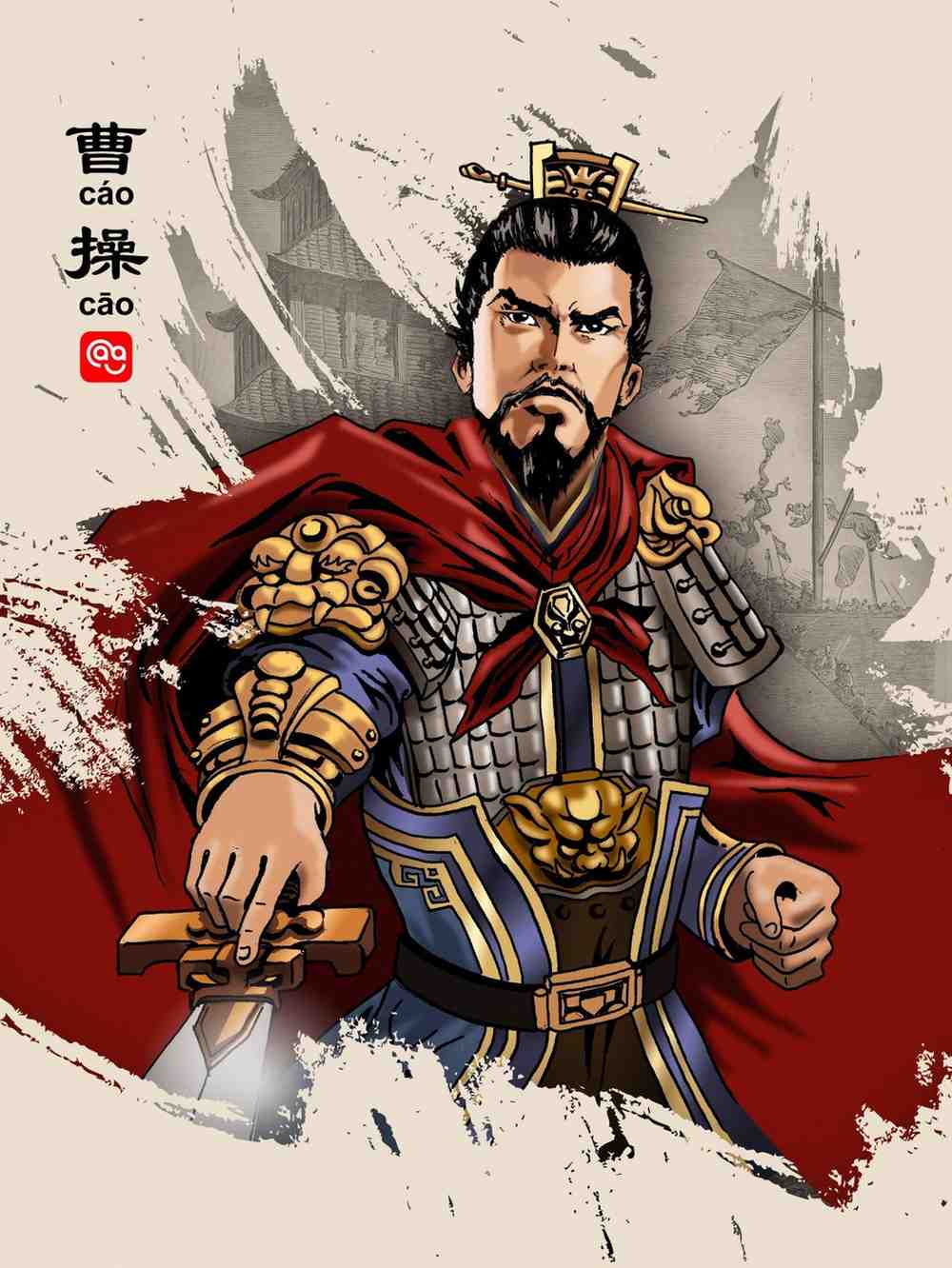
Liu Bei: The Virtuous Leader
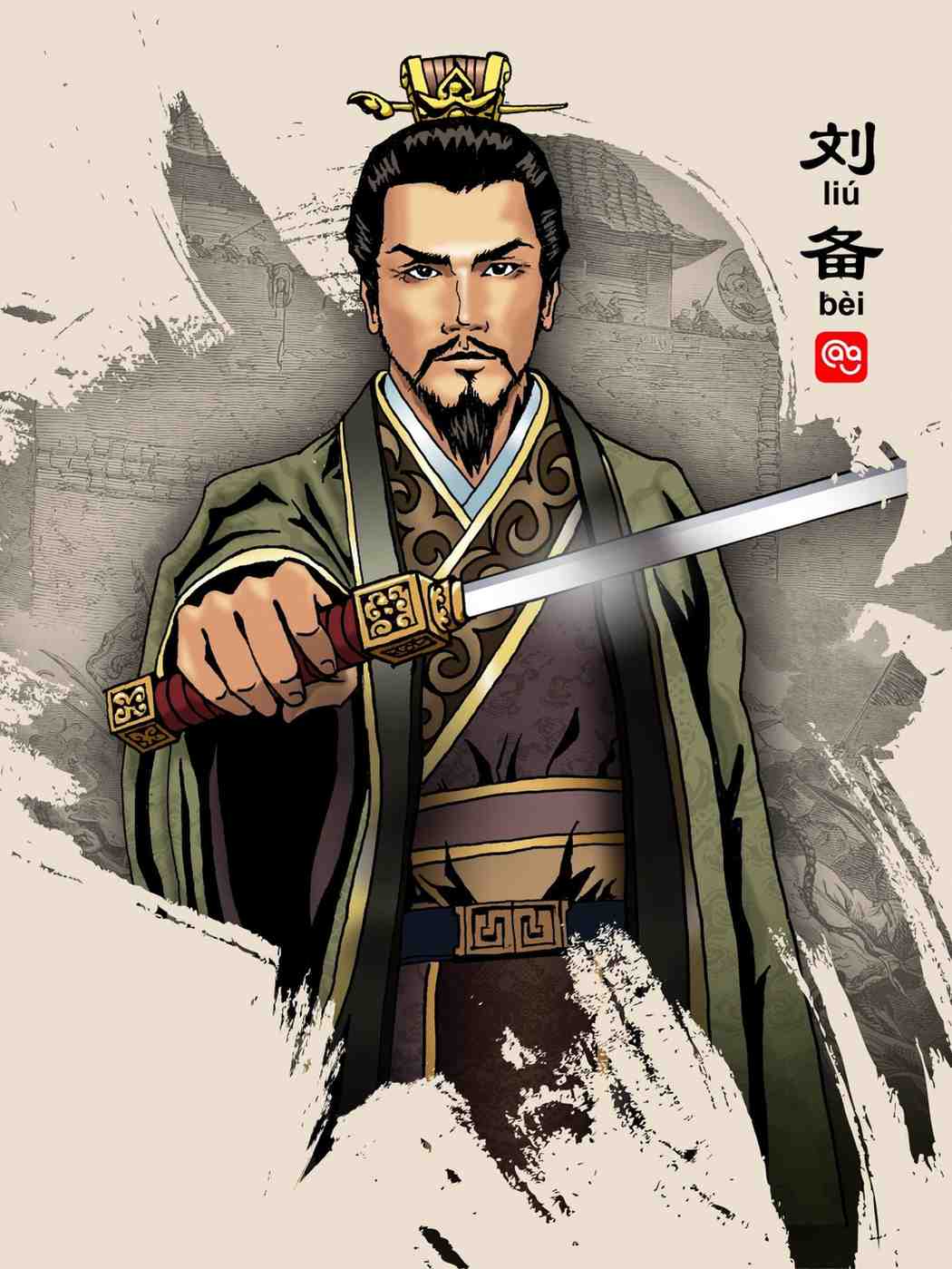
Sun Quan: The Diplomatic Steward
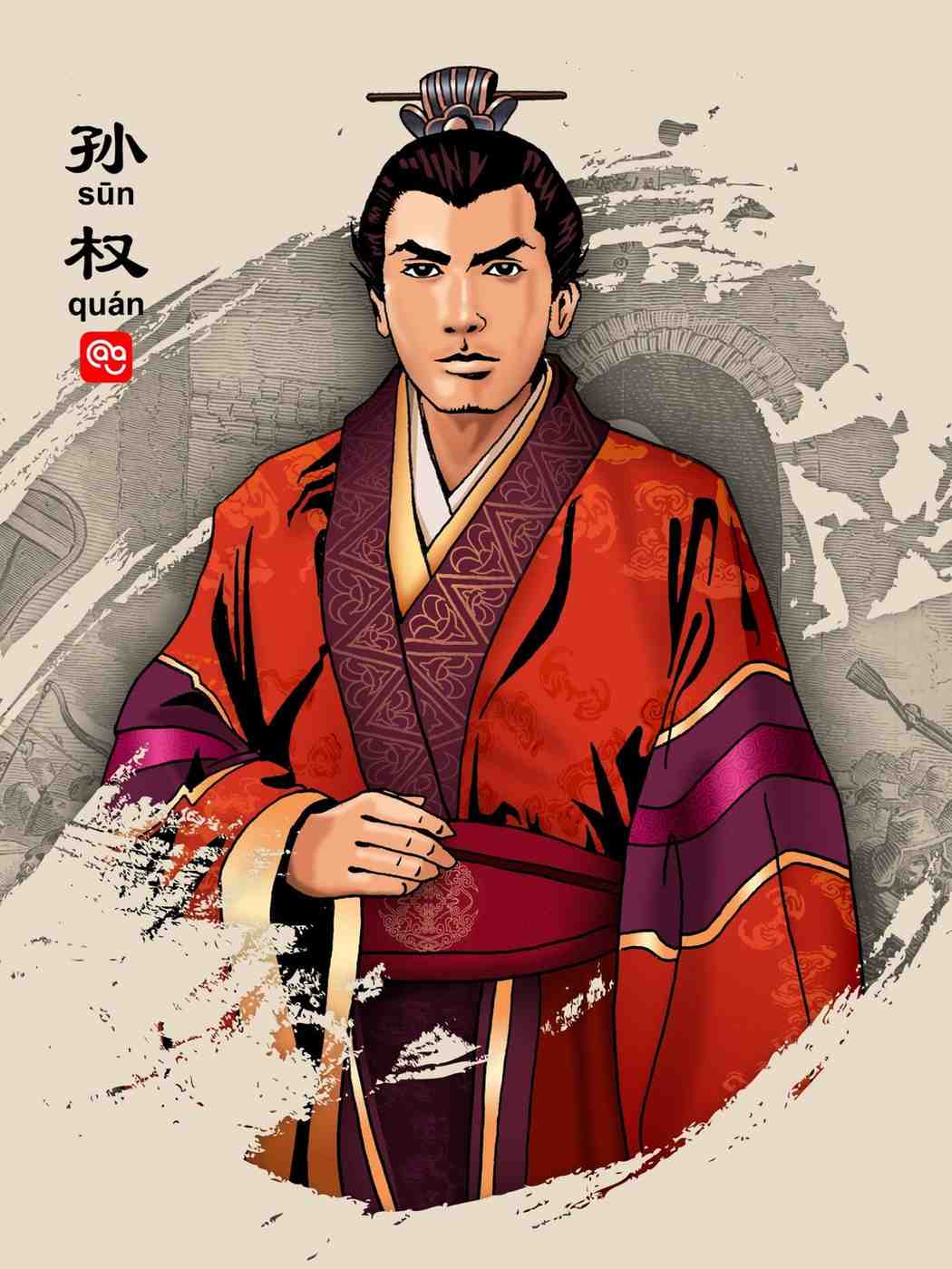
Zhuge Liang: The Master Strategist
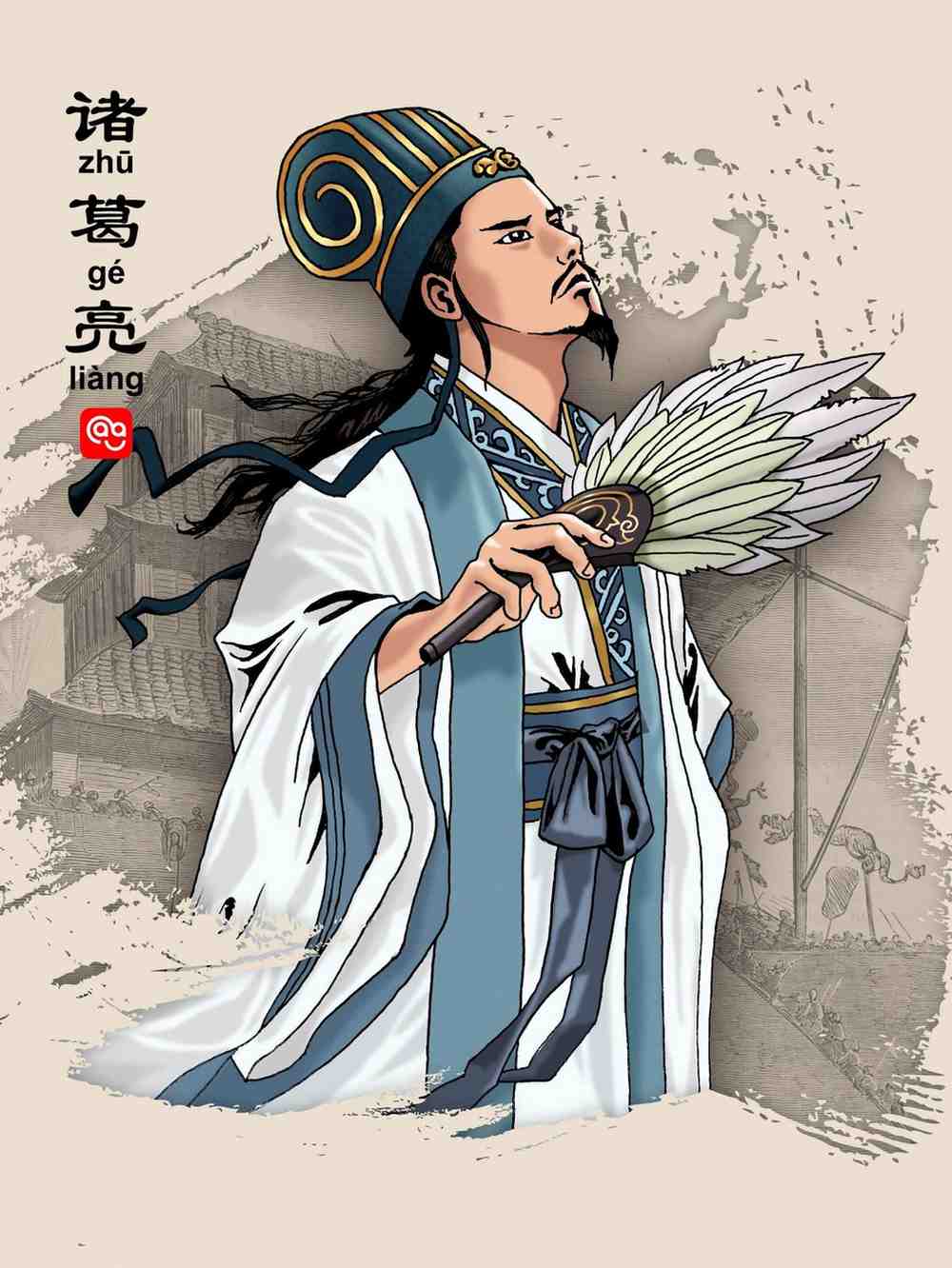
Their stories provide timeless lessons for any leader or manager facing today’s challenges of strategic planning, talent retention, and organisational development.
Romance vs. Reality: How We’ll Apply This Story
The Romance of the Three Kingdoms, written in the 14th century, has inspired a vast range of adaptations in films, television, video games, and other cultural works. It elevates its characters into near-mythological figures.
Why the Stories Are Exaggerated
The novel’s author, Luo Guanzhong, often simplified history into dramatic tales of “good vs. bad” to create compelling narratives.
This approach served a commercial agenda rather than historical accuracy, romanticising events to make heroes more virtuous and villains more cunning.
Timelines were condensed, fictional characters were introduced, and historical events were enhanced to maximise emotional impact and moral clarity.
Finding the Factual Foundation
Our lessons are grounded in the more factual Records of the Three Kingdoms (Sanguozhi), biographies compiled by Jin dynasty historian Chen Shou and later annotated by Pei Songzhi.
Chen Shou, an official of the Jin dynasty, collated these biographies across 65 volumes (Wei: 30, Shu: 15, Wu: 20). This text draws conclusions based on evidence and circumstances rather than dramatic flair, providing the historical foundation we use to extract real strategic lessons.
The distinction between these two sources is crucial – while the Romance entertains, the Records enlighten.
Fictional Story vs Real Lesson
For our purposes, we look past the legend to find the timeless management principle beneath it.
We use these fictional stories as powerful analogies, drawing direct parallels between ancient challenges and the problems you face today.
Here’s how we translate narrative into actionable strategy, separating the narrative from the principle:
| The Analogy (The Story) | The Application (The Lesson for You) |
| Zhuge Liang “borrows” 100,000 arrows from his enemy using clever tricks and weather. | This is an analogy for modern resourcefulness. It’s about leveraging constraints, using your environment (the market), and turning a competitor’s strength into your advantage. |
| Cao Cao’s ruthless reputation for prioritising victory above all else. | This is an analogy for pragmatic leadership. The lesson is about making difficult, unpopular decisions for the stability and survival of the entire organisation, and prioritising merit over tradition. |
| Liu Bei’s ability to inspire others to follow him based on shared values and loyalty. | This is an analogy for values-based leadership. Building a culture of genuine loyalty and shared purpose is a strategic asset that retains top talent and inspires exceptional effort. |
The power isn’t in the ancient story itself; it’s in the modern principle it illustrates. We use the Romance as an engaging starting point, but build our lessons on the solid foundation of historical strategy and evidence-based leadership development.
This approach ensures we honour the rich storytelling tradition while providing practical, applicable insights for modern leaders seeking to implement Three Kingdoms wisdom in contemporary organisational contexts.
Your Framework: The 3K Strategist’s Eight Trigrams
Taking inspiration from concepts like the ‘Ba Zhen Tu’ (Eight Formation), famously used by the strategist Zhuge Liang, we can extract powerful lessons in its holistic strategy.
He didn’t see battle as a single clash of force; he saw it as a dynamic system of interconnected variables, mastering the eight key areas. His brilliance was in balancing all of them to build an unbeatable advantage.
For today’s leaders, building a lasting organisation requires this same comprehensive approach.
We’ve distilled this same holistic, strategic thinking into The Eight Trigrams Framework, a guide for every modern leader to navigate complexity and steer their organisations with wisdom and agility.
Every great enterprise begins with a vision. It starts with you, the Leader/Ruler. You define the mission, set the core values, and embody the culture that will guide every decision. This is where legacy-building begins.
But a vision alone cannot build an empire. It requires mastering the eight interconnected domains of our framework.
- Manpower: Recruiting and deploying the right talent. (The Foundation)
- Training: Developing skills, knowledge, and attitude. (The Sharpening)
- Intelligence & Innovation: Gathering market intelligence and driving innovation. (The Edge)
- R&D: Investing in research to anticipate emerging trends. (Futureproofing)
- Sales & Operations: Generating revenue and managing daily execution. (The Engine)
- Branding: Shaping how the world sees you. (The Identity)
- Finance: Managing capital, cash flow, and assets. (The Lifeblood)
- Logistics & Supply Chain: Ensuring efficient flow from sourcing to delivery. (The Backbone)
Master these eight domains, and you build more than a company; you build a legacy.
But even the greatest legacy is fragile if it ends with you. That is why the ultimate act of leadership is Succession Planning. It ensures the empire you built not only endures but thrives for generations to come.
In this series, we will guide you through each of these domains, using strategies from the Three Kingdoms to help you build, lead, and secure your legacy.
Now let’s examine how we’ll bring these concepts to life throughout this series.
What You Can Expect From This Series
This is not merely a history lesson. Each article in this series is designed to translate ancient strategic wisdom into actionable insights for modern leaders.
Our commitment is to provide you with the content that is both intellectually rich and intensely practical.
1. Real-World Case Studies
We ground every ancient lesson in modern reality. You’ll find that our examples will be drawn from relatable Small and Medium Enterprise (SME) scenarios and from larger multinational corporations (MNCs).
This ensures the strategies are accessible and immediately applicable, whether you lead a startup team or a corporate department.
2. Actionable Tools
We believe knowledge is only as valuable as its application. Therefore, every article will include an interactive resource such as a diagnostic quiz, a step-by-step checklist, or a strategic worksheet, allowing you to immediately apply the principles to your own context.
3. Story-Driven Strategy
We bridge the gap between compelling historical narrative and modern professional application. By framing management principles with epic stories of loyalty, innovation, and cunning, we make complex concepts more memorable, engaging, and impactful.
With this approach in mind, let’s put theory into practice with a quick assessment of your current leadership style.
Discover Your Strategic Approach: Take the 3K Leadership Assessment
What is your instinctual strategic style? Do you lead through pragmatism, virtue, or stewardship?
This quick assessment is your first step toward greater self-awareness as a leader.
The most effective leaders understand their natural tendencies and learn to incorporate all four approaches.
Now that you understand your innate style, here’s a preview of what you can expect next.
Continue Your Leadership Journey
This is where your strategic legacy begins. But even the most powerful framework is useless without the right leader to wield it.
In our next article, we dive into the heart of leadership itself. Discover the four distinct leadership styles of the Three Kingdoms’ most legendary figures:
- The pragmatic authority of Cao Cao
- The virtuous influence of Liu Bei
- The diplomatic stewardship of Sun Quan
- The systematic genius of Zhuge Liang
You’ll learn to identify your innate style, understand when to adapt it, and how to apply these ancient archetypes to your modern leadership challenges.
This deep dive into The Leader/Ruler will set the foundation for everything that follows.
Stay tuned for our next article!
Explore Our Three Kingdoms Leadership Courses
If you’re ready to deepen your learning, here are a few specialised courses you can explore:
- Three Kingdoms’ Leaders & Leadership (Cao Cao Chapter): Master decisive, results-driven leadership.
- Applying Three Kingdom Strategies in Your Organisation: Turn ancient tactics into your modern competitive advantage.
- Three Kingdoms’ Leadership in Today’s Context: Learn to solve complex modern problems with timeless wisdom.
- Sun Tzu’s Art of War for Modern Leaders: Master the classic principles of strategy for today’s business battles.
Get in touch with us to learn more about our Leadership courses today! For more interactive insights and practical tips, be sure to follow us on TikTok at @3kingdomsacademy.

